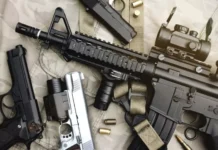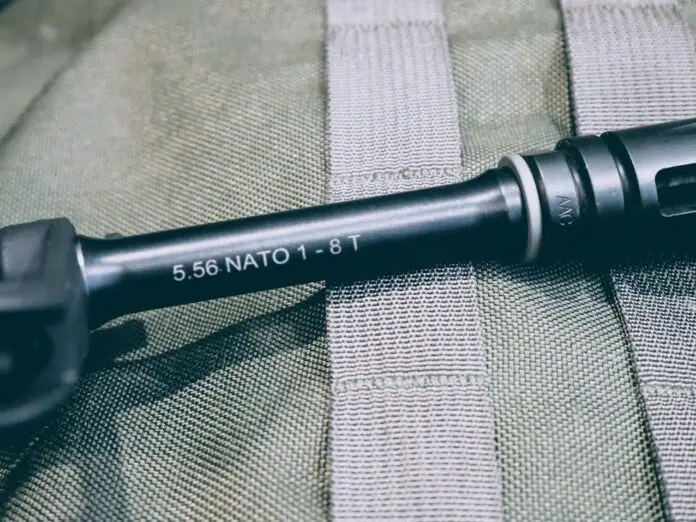
While three basic barrel profiles can be installed in the upper receiver of your AR15, understanding the benefits and capabilities of each will help you make the right choice to meet your firing needs. There are many options for installing your barrel into an upper receiver, learn more about upper receivers here. AR15 barrels can be lightweight, government A2/M4, or heavy and each serves a particular purpose depending on the application.
While there are three basic categories, there are more than a fair share of different profiles in each category. Here are the six most common types of AR15 barrel profiles to consider on your next build or modification.
Table of Contents
1. Pencil Barrel
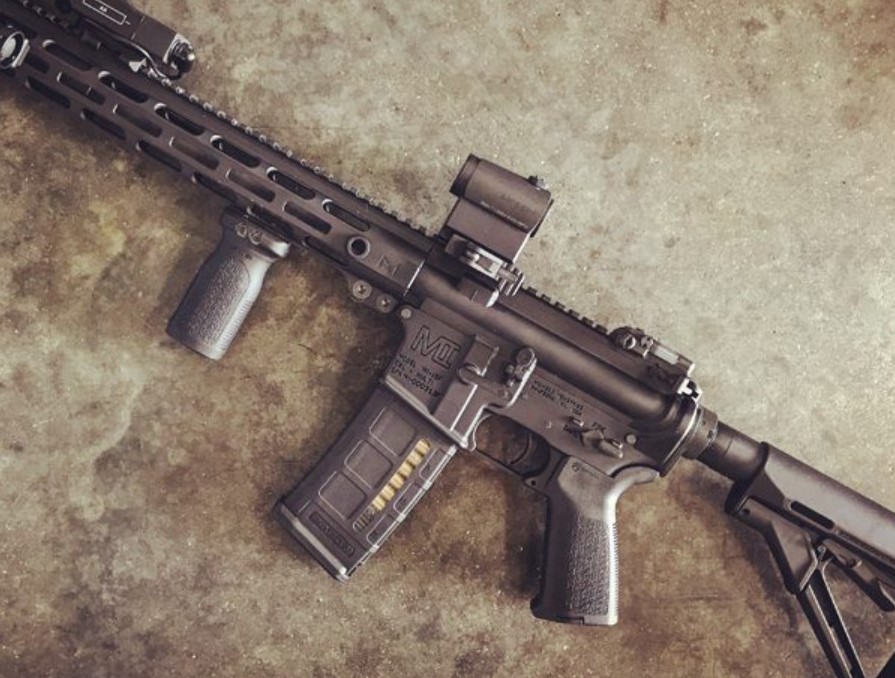
For a weekend plinker, a lightweight barrel that’s been properly heat treated and stress relieved will prove to be a much lighter and thinner barrel and probably all you’ll need. While it’s often known as a pencil barrel, don’t let the name fool you. This barrel initially fitted the AR15/M16 rifle.
Initially, it proved to be lighter than most of the barrels on the market. Still, before the modern technology of stress relief and heat-treating gained traction, the tiny barrel could and often did warp ever so slightly under the strain of continued fire.
The benefit of installing a properly stressed-relieved, heat-treated pencil barrel in your AR15 is, of course, a lightweight solution. Still, keep in mind, if you intend to give your AR15 a constantly high-volume workout, any barrel on the market once it gets hot enough can shift the point of your bullet’s impact.
2. M4 and A2 Government Barrel
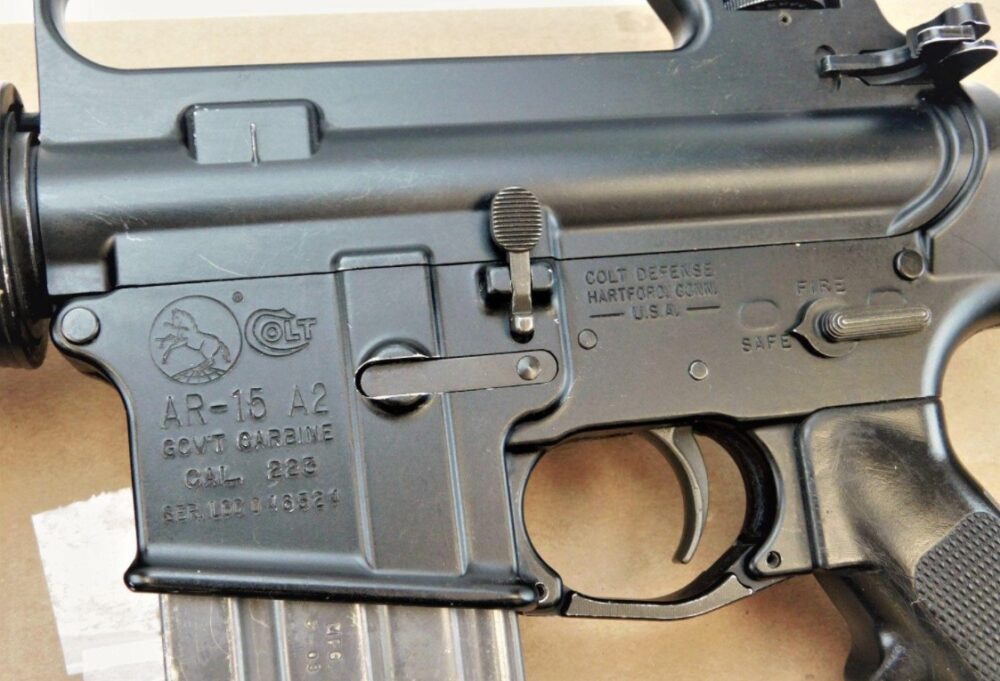
As with most government issue AR15 rifles, the intent is to provide military members a gun that can handle continuous fire under the most dynamic conditions.
One of the more common barrel styles on the market, both profiles have the same makeup with the noted exception that the M4 has a cutout to accommodate an M203 grenade launcher. Since you’ll undoubtedly not be able to launch grenades at your local shooting range, you’ll probably want to pick the A2 style.
Of course, the A2-style barrel profile is excellent for handling more than its fair share of rounds, and the barrel profile is much heavier at the front. While the heaver profile aids in reducing muzzle rise, the trade-off is added front-end weight. Some of the A2-style barrels can add as much as eight or more ounces to the total weight of the AR15.
If you’re a weight-conscious hunter or hiker, an AR15 with an A2 style barrel may be practical for volume shooting but impractical for those extended hunting or hiking trips.
3. HBAR Profile
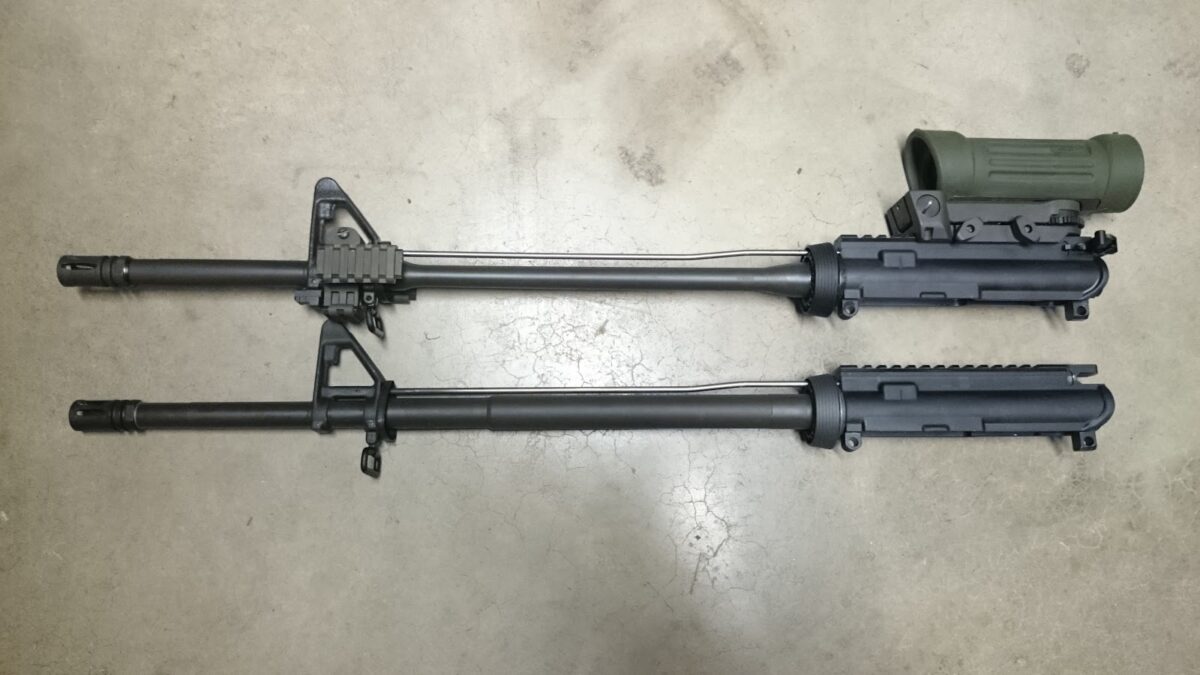
If you’re interested in a barrel profile that will hold up to thousands of rounds of shooting, there is another barrel profile you may want to consider. The HBAR profile starts thick and only tapers to a size a little less than thick.
The sole purpose of the HBAR design is to provide the ability to fire many rounds and still resist warping heat build-up and maintain durability. A Heavy Barrel Rifle is often the pick of those who compete in match and precision shooting and is an excellent choice for prone or bi-pod style shooting.
Again, the additional weight of an HBAR profile barrel will help dissipate heat between the chamber and the gas block as you fire the AR15, but as with the A2, additional weight is the trade-off.
4. SOCOM Barrel Profile
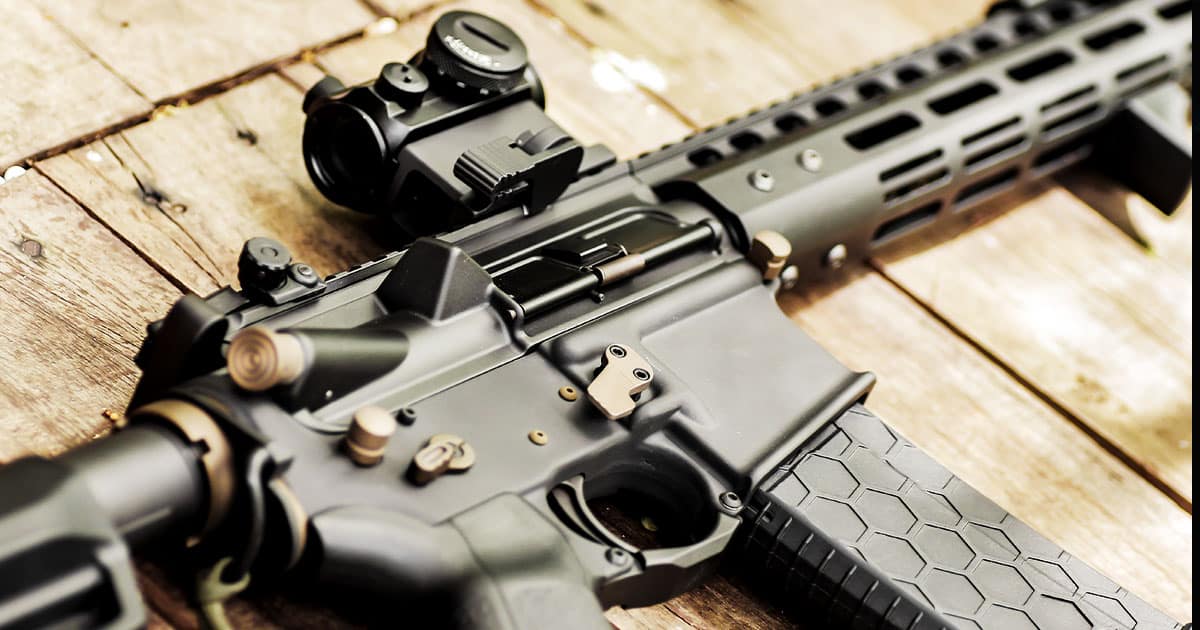
If you want to find that between-weight barrel and intend to cycle more rounds through your AR15 than the casual gun owner, you should consider a SOCOM barrel profile. Think of a SOCOM profile as an A2 style profile but reversed. A SOCOM barrel starts off thinner just past the gas block then is thicker between the chamber and the gas block.
An AR15 with a SOCOM barrel is, of course, not as thin as a Pencil barrel and can take several rounds without significant heating and perform as expected with a bit of overall weight reduction.
5. Bull Barrel Profile
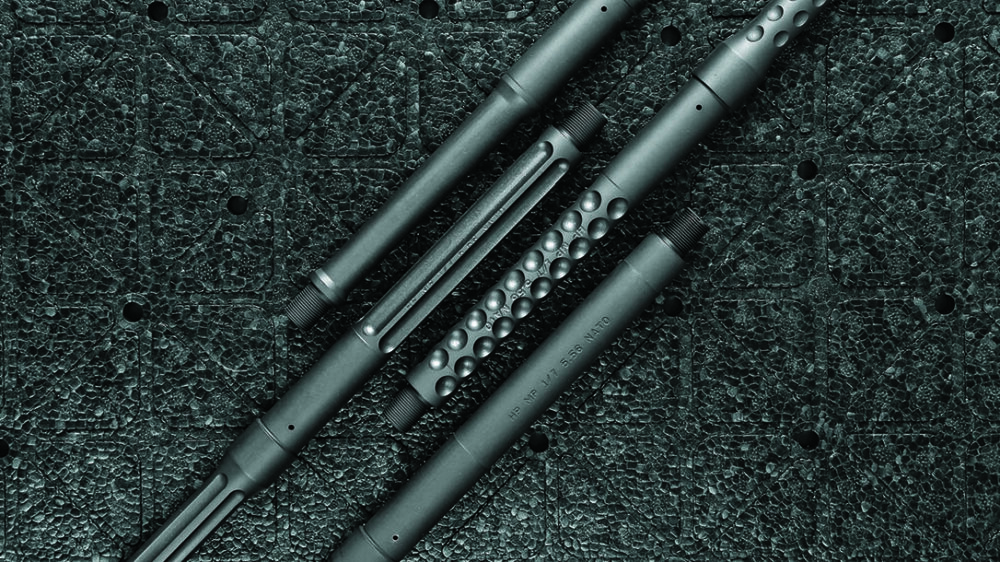
This profile is the leading choice for competition or match-grade shooting. In most cases, a bull barrel in your AR15 will consist of higher-grade material and tighter specifications but take care, not all bull barrels on the market today exist for competition target shooting.
Remember to do your research to ensure the bull barrel profile you install in your AR15 will meet your shooting requirements. The idea of a bull barrel profile is to stiffen the barrel with additional material. Not only does the extra bulk help provide better accuracy, but a bull barrel profile’s added mass helps reduce the heat build-up.
Like the HBAR barrel profile, the bull barrel, while the added material improves accuracy, what you’re installing into your AR15 is extra weight. As heavy barrels go, the bull barrel is just that – a big old heavy barrel.
6. Fluted and Custom Contour Barrels
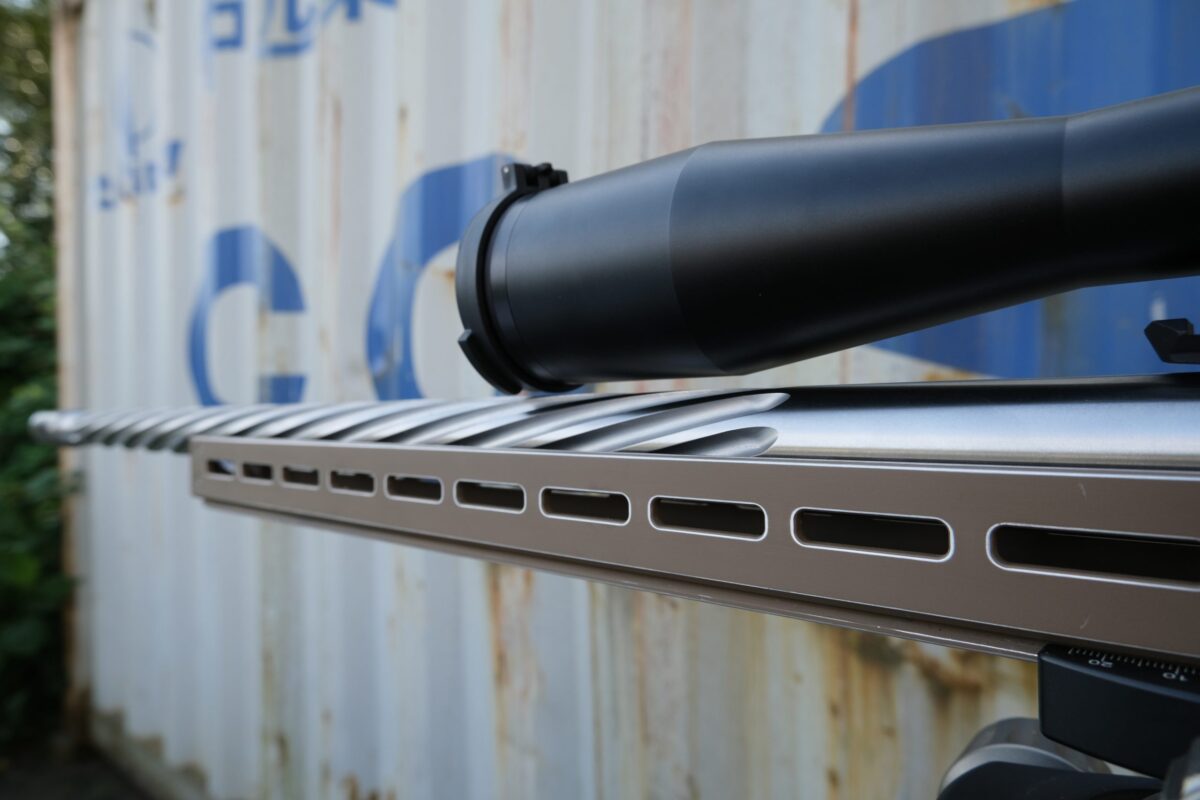
Any AR15 owner whose shooting requirements are plain, basic vanilla may not even think about installing a fluted barrel or one with custom contours. Fluted barrels are often installed in an AR15 when shaving weight is essential. Although trimming weight is the goal for most of the fluted AR15 barrels, some of these types of fluted and contoured barrels typically satisfy a specific need.
When thinking about picking up one of these types of barrels, be sure to check out why the manufacturer produced it.
If why a fluted and custom contoured AR15 barrel matches what you’re want to do, then it’s the next logical step. Whatever your specific requirement is, you can rest assured there will probably be a barrel on the market.
The Barrel Makes the Difference
Whether you are shooting competitively or it’s a military mission-specific dynamic kind of situation, having the right barrel installed in your AR15 will make all the difference. Lighter barrels provide you with better handling and easier carry. Heavier barrels work better if you’re constantly firing from a stationary position and emptying magazine after magazine.
You may need a lighter AR15 for quick movement through a 3-gun competition but must hit every target to win. There’s an AR15 barrel profile for that. Perhaps you need the accuracy provided by a heavier barrel to perform a well-placed distance shot while sitting in a tree stand. There’s an AR15 barrel profile for that too.
For every type of shooting scenario, there’s the correct type of barrel profile you can choose. All you have to do is research the kind of shooting requirements you have, then hunt down the best barrel profile to match.

